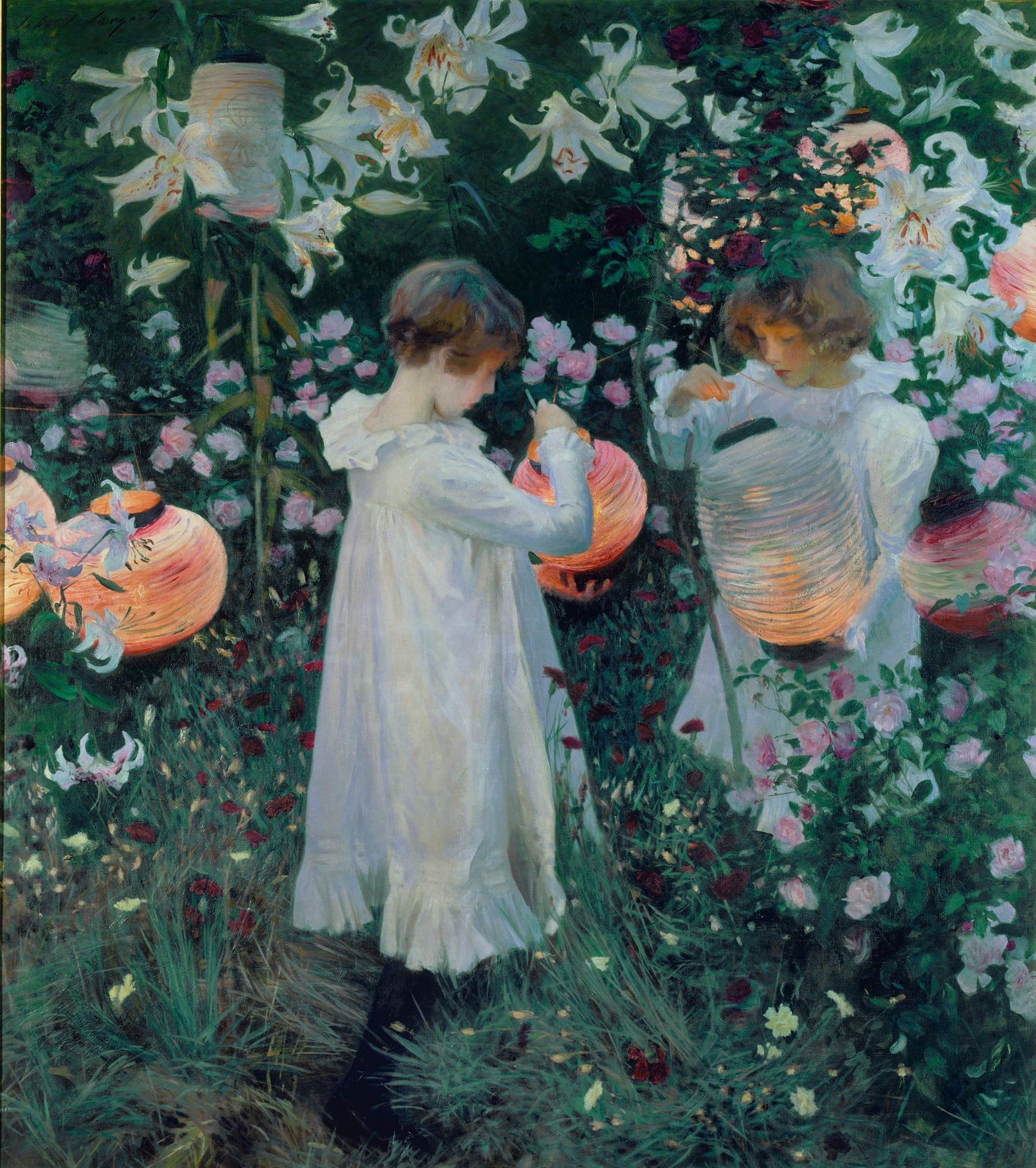Steve Rannazzisi, or as I know him Kevin MacArthur from the television series The League, fabricated an elaborate account of him nearly escaping death on 9/11. As I read this article, written by Serge Kovaleski, I did not think It would be useful for this blog but then an idea that was more important than this man’s lie; The struggle that is “making it” as an artist today. Elizabeth Day of TheGuardian reports that more than 90 percent of artists earn less than $10,000/year from their art alone. The arts are becoming less and less of a conventional choice because careers are not as stable as careers in other fields such as STEM or business, which many of us have chosen. Society as a whole is failing to support anything that does not equate to money gained.

This systematic subjugation is not an isolated incident, nor does it seem to be a temporary dilemma. Nationally, through the implementation of Common Core standards, focus on Science,Math and Reading is increasing but the arts and humanities are being neglected. My sister, who just entered Jr. High School, told me that the length of her Science and Math periods doubled. Her total time in school did not increase though, the double periods are taking the time of what used to be music and art. With the execution of all fields that are not neo liberal, students will eventually be competing for corporate positions starting in their first day of pre-kindergarten.

The colorful plane outside the window is flying “The Arts” banner, but the children are all being brainwashed into dull, test-taking robots
Except this IDC class that we are currently in, the last art class I was in was seven years ago in the sixth grade. When we analyze art in class I feel that I concoct a majority of what I say because I honestly do not know how to begin to understand art. I wish I did.

Arts such as dance and music and painting and film and photography and film are all essential aspects of developing our minds. A talented comedian should not have to fictionalize a story to become recognized, there should be a system in place to support people’s endeavors into the advancement of the arts. Steve Rannazzisi made a calculated risk the day he lied; I stand to gain more by telling this lie than I stand to lose through the humility of getting caught lying and this thinking makes me pity his situation. We need creative thinkers to remain creative. They should not be forced to work two to three odd jobs to get by while pursuing their passion.















 any criticized the “shockingly wanton shoulder strap allowed to fall suggestively loose” and the “powder-blue pallor of her skin”.
any criticized the “shockingly wanton shoulder strap allowed to fall suggestively loose” and the “powder-blue pallor of her skin”.


Recent Comments